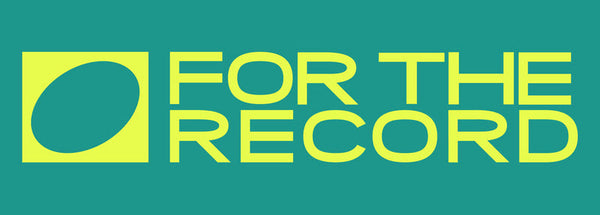
Vinyl Stories Pt. 2: How It's Made!
Share
If you were to unravel the grooves on a record, it would span nearly 500 meters! But how do we get music on there in the first place?
Vinyl records have been making a resurgence in recent years, with many music lovers rediscovering the unique warmth and authenticity of analog sound. From the mastering process to the final pressing, let's take a closer look at the steps involved in creating this iconic musical format.
The first step in producing a vinyl record is the mastering process. This involves taking the original recording and transferring it to a vinyl master disc. The mastering engineer will carefully adjust the sound levels and equalization to ensure the best possible sound quality on the final record.
Once the master disc is created, it is then used to make a stamper. This stamper is a negative copy of the master disc and will be used to create the final records. The stamper is placed in a hydraulic press, and vinyl pellets are heated and pressed into a disc shape. The press applies tons of pressure to the vinyl, which results in the grooves and ridges that will hold the music.
After the vinyl has been pressed, it goes through a series of trimming and cleaning processes to remove any excess vinyl and debris. The record is then sent to a quality control station, where it is visually and audibly inspected for any defects. Any records that do not meet the strict quality standards are discarded.
The final step in the vinyl record production process is packaging. The record is placed in a sleeve, which may include artwork, lyrics, and other information about the album. The record and sleeve are then sealed in a plastic outer cover to protect them during shipping and storage.
In recent years, some record labels have started using digital files to create vinyl records. While this process is controversial among purists who believe that analog sound is superior, it is possible to produce high-quality vinyl records from digital files. The digital files are processed through an analog-to-digital converter, which creates a master disc that is then used to create the stamper.
In conclusion, producing a vinyl record involves a series of carefully calibrated steps that result in a high-quality musical product. From the mastering process to the final packaging, every detail is carefully considered to ensure the best possible sound and presentation.
